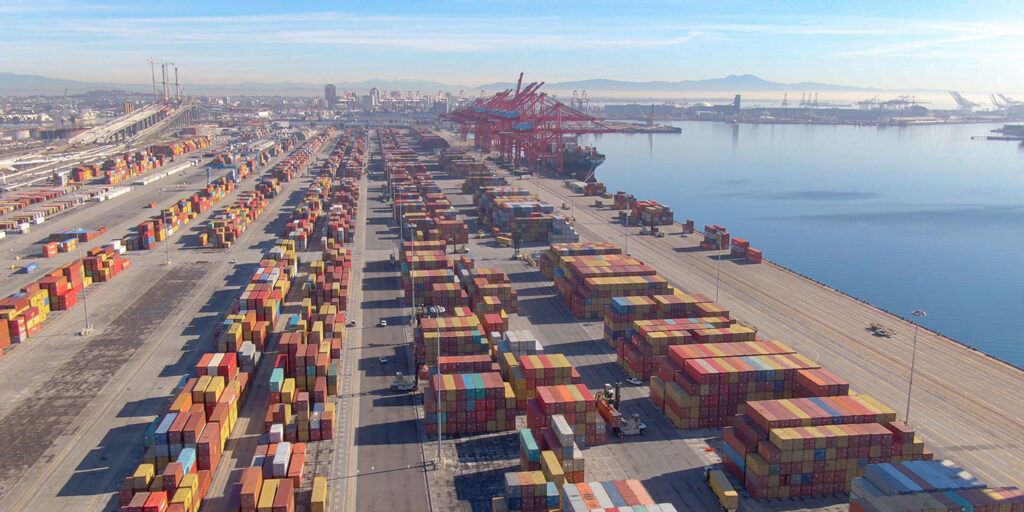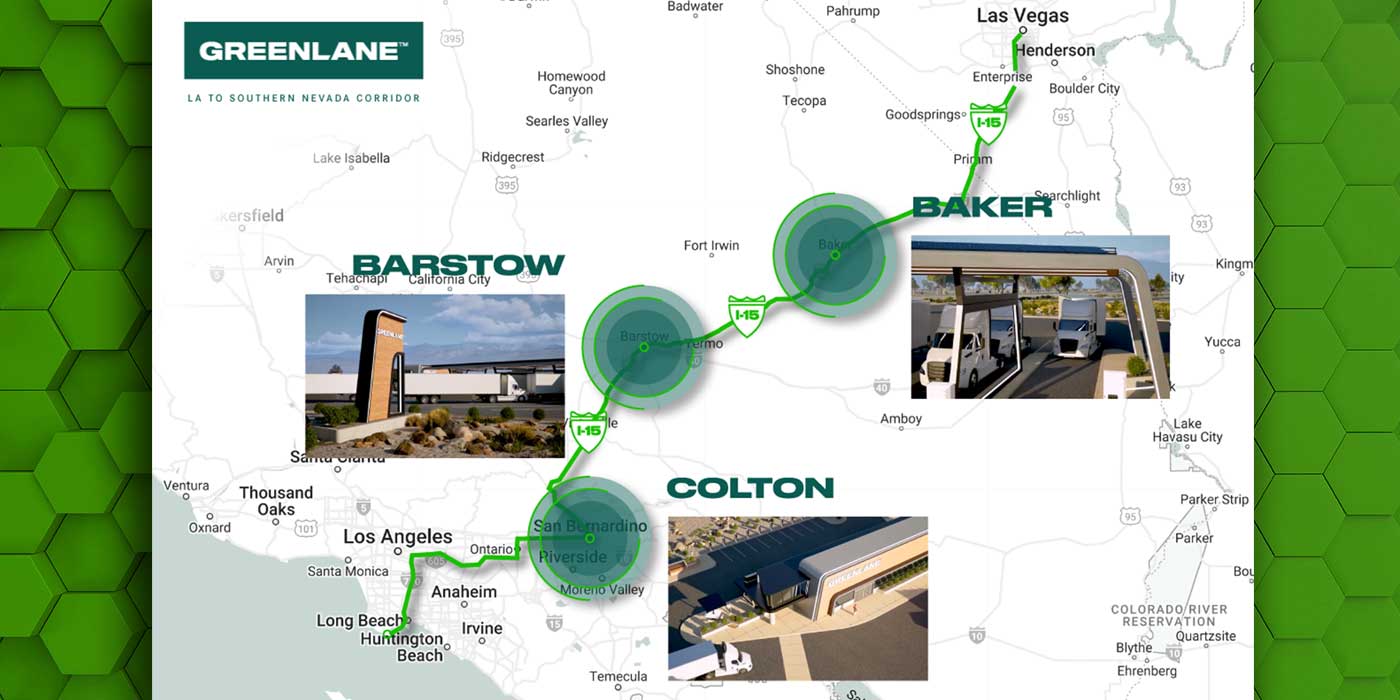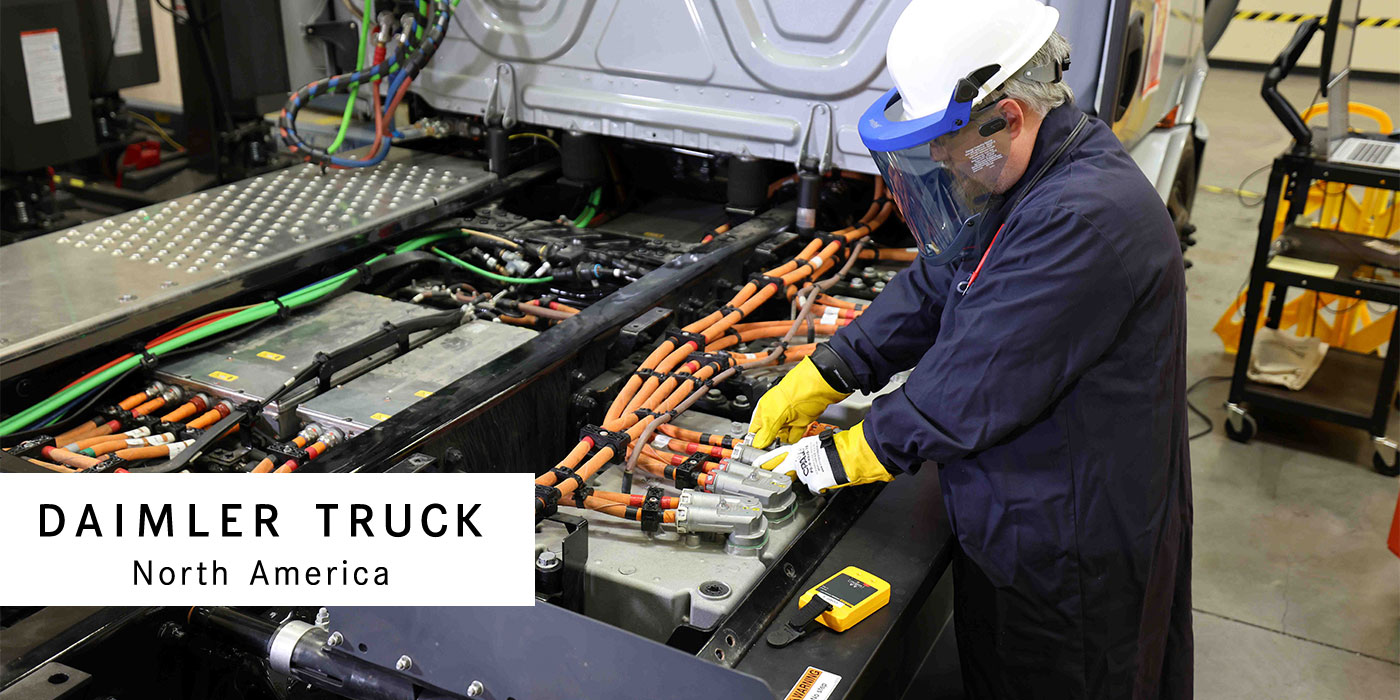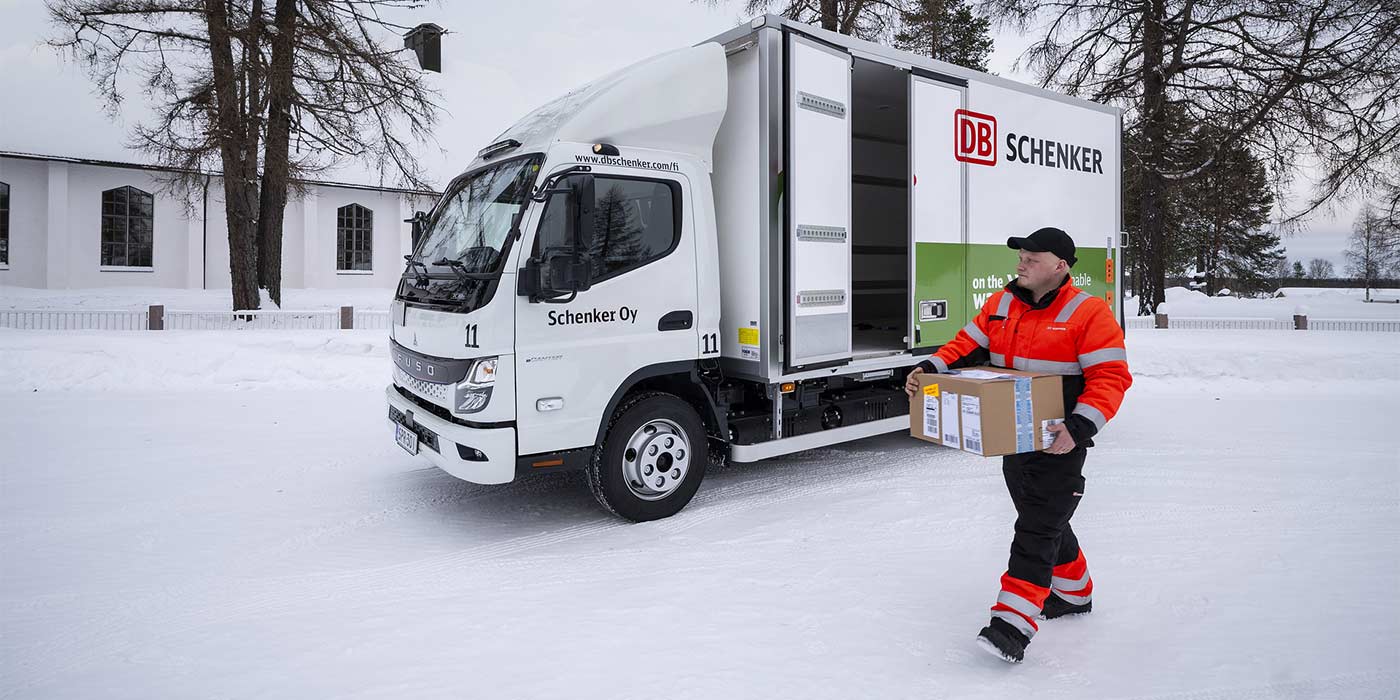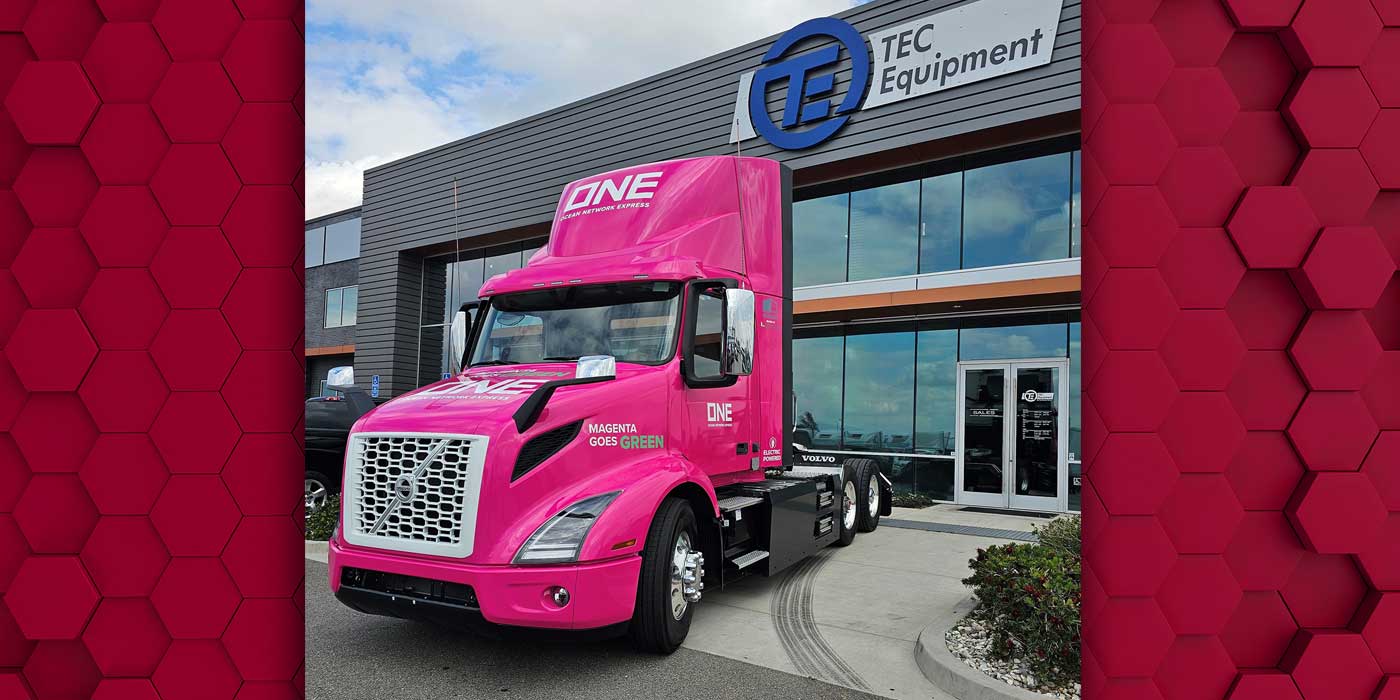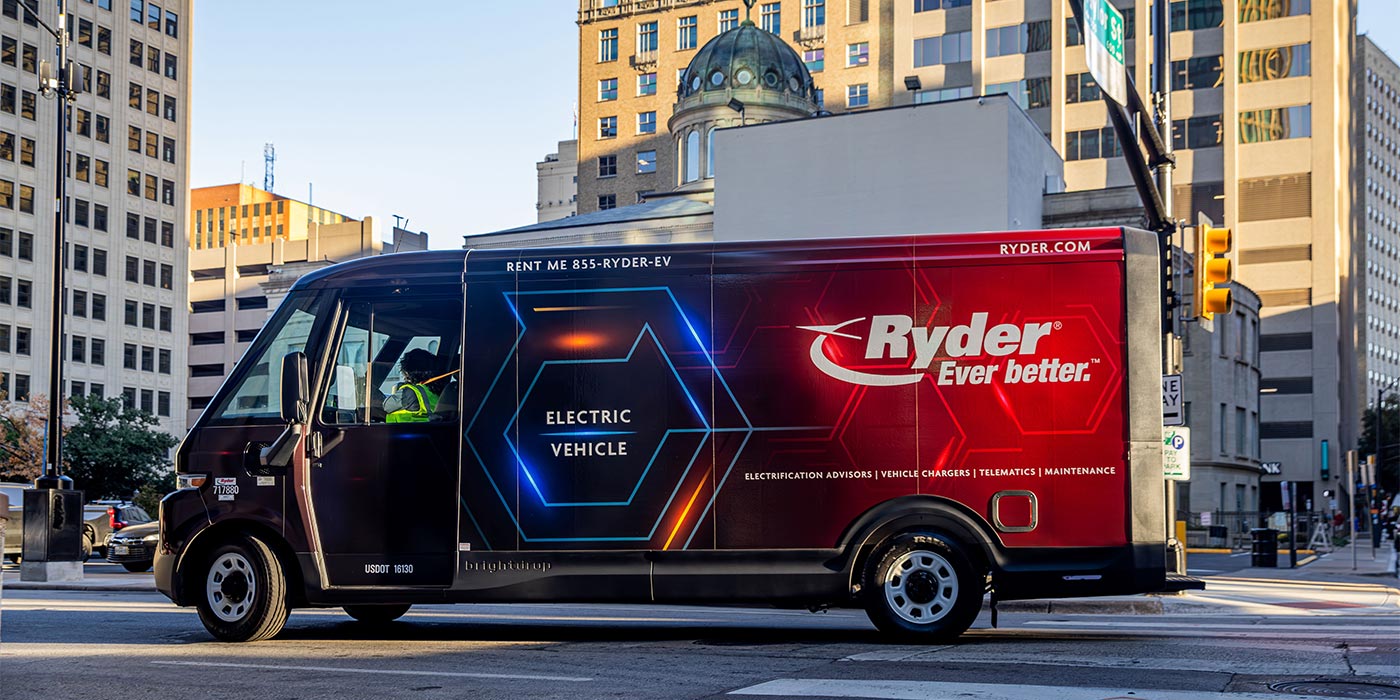The EPA announced the launch of the $3 billion Clean Ports Program, a move that would advance zero-emission (ZE) port equipment and infrastructure and improve air quality at U.S. ports. The EPA expects the reduction of diesel truck pollution to also assist in improving public health in surrounding communities, while creating good-paying jobs in the clean energy sector.
EPA has announced two separate Notices of Funding Opportunities (NOFOs) to disburse the allocated $3 billion in funding, the Climate and Air Quality Planning Competition, and the Zero-Emission Technology Deployment Competition—which will directly fund ZE port equipment and infrastructure at U.S. ports. Eligible uses of funding include: human-operated and -maintained zero-emission cargo-handling equipment, harbor craft and other vessels, electric charging and hydrogen fueling infrastructure, and technology investments.
The two NOFOs will be used to fund approximately $2.8 billion in zero-emission technology deployment at ports, as well as approximately $150 million for climate and air quality planning. Both NOFOs are open now, until the application deadline at 11:59 PM on May 28, 2024. The EPA says it plans to notifying selectees by September and award grants by December.
“This groundbreaking funding opportunity to electrify zero-emission port equipment and infrastructure underscores both the crucial role of ports as vital engines of our nation’s economy and as immense sources of transportation-related emissions,” said Trisha Dello Iacono, head of policy at Calstart. “By investing in zero-emission technology and reducing diesel pollution, the Clean Ports Program provides our ports with the tools they need to serve as models of innovation and sustainability, driving prosperity while safeguarding the health of communities and the environment.”

